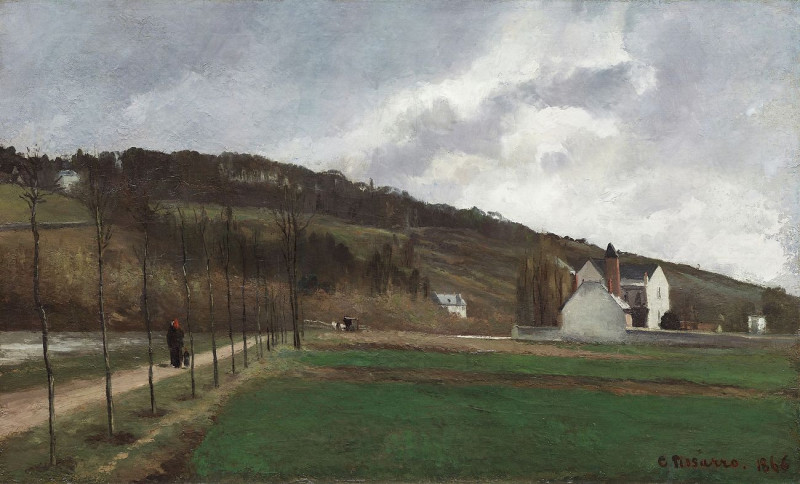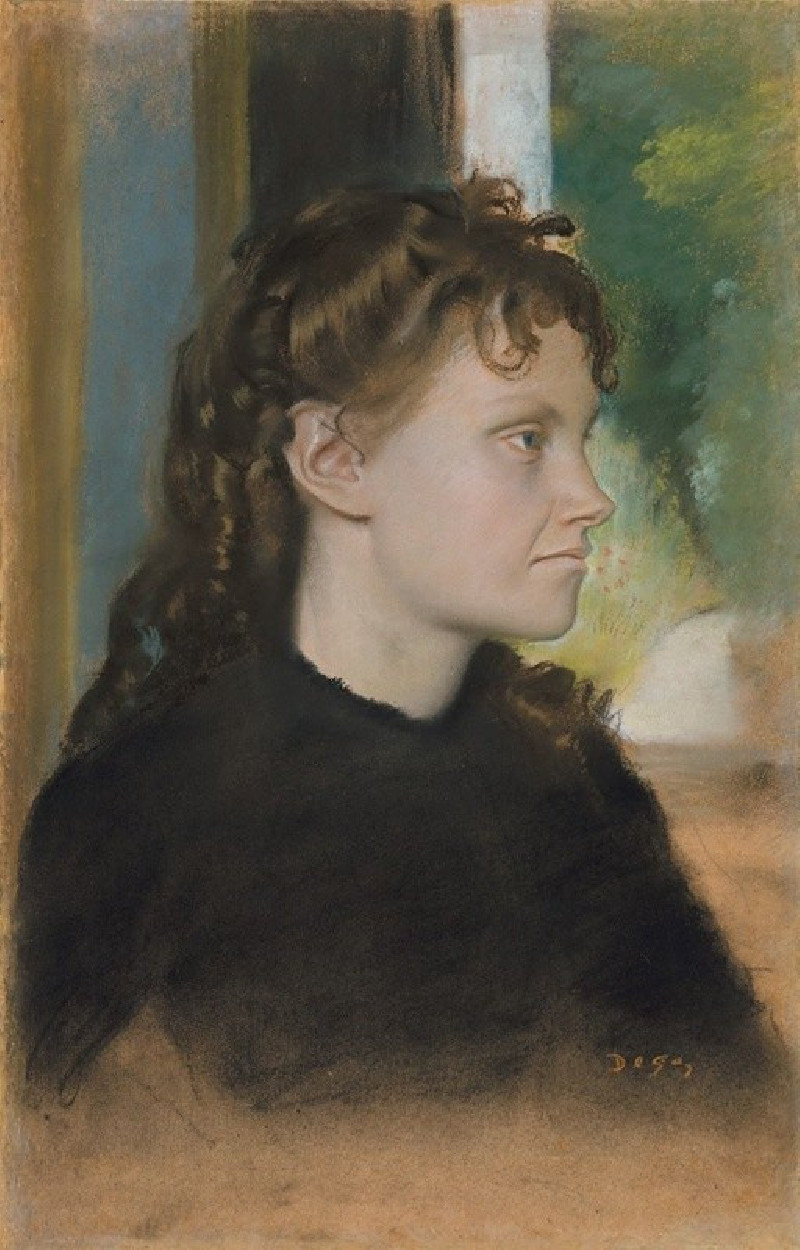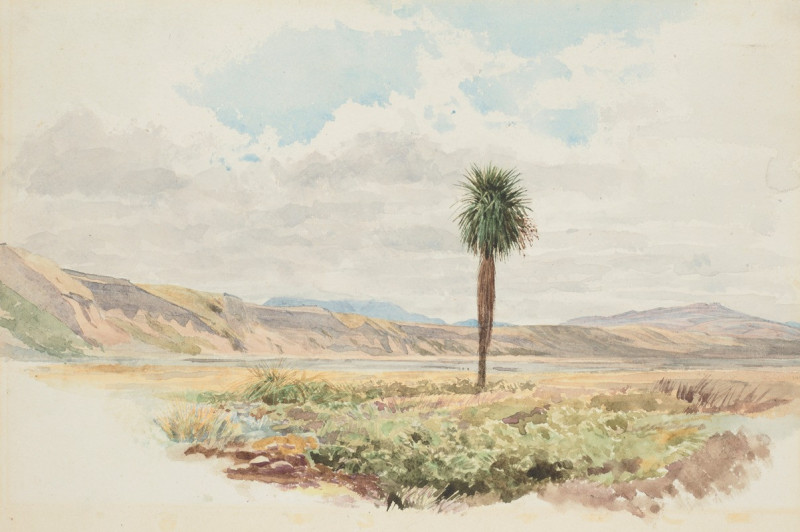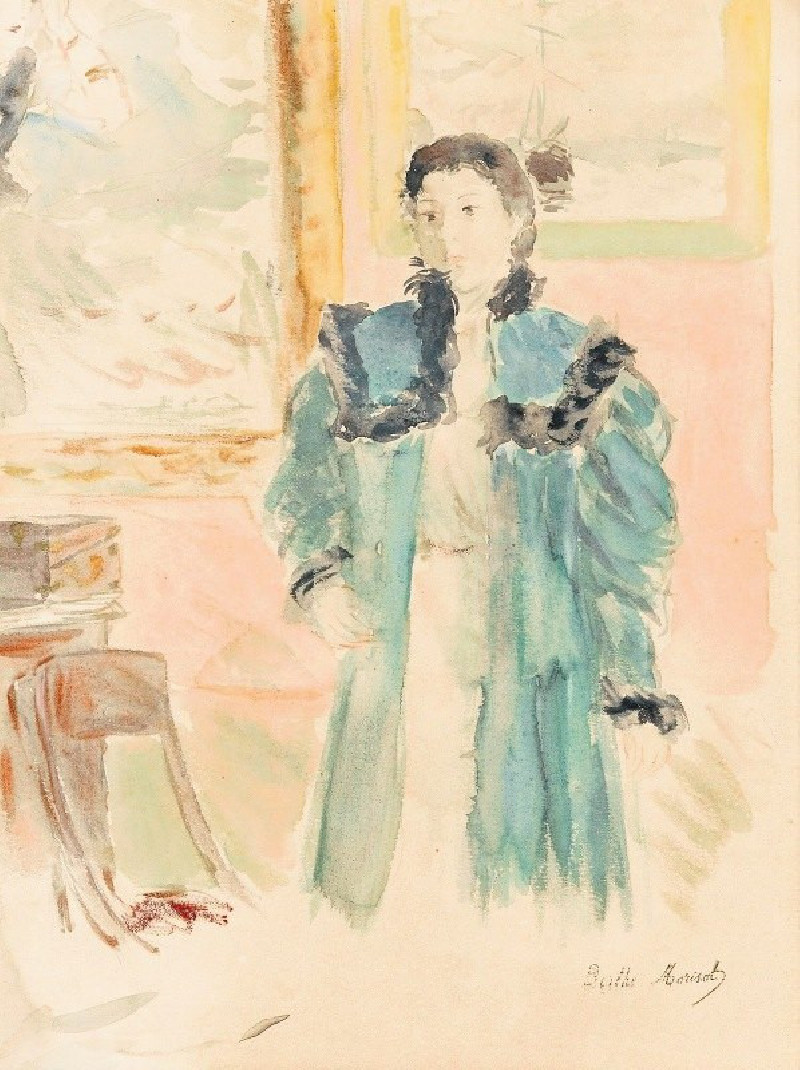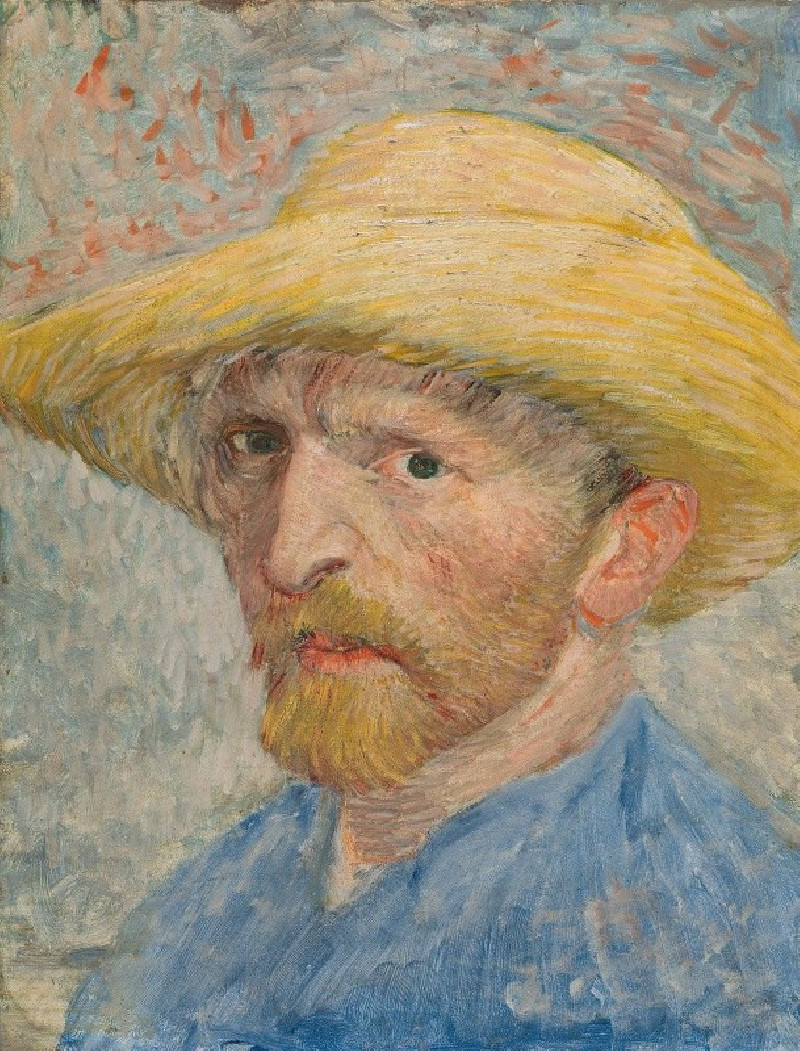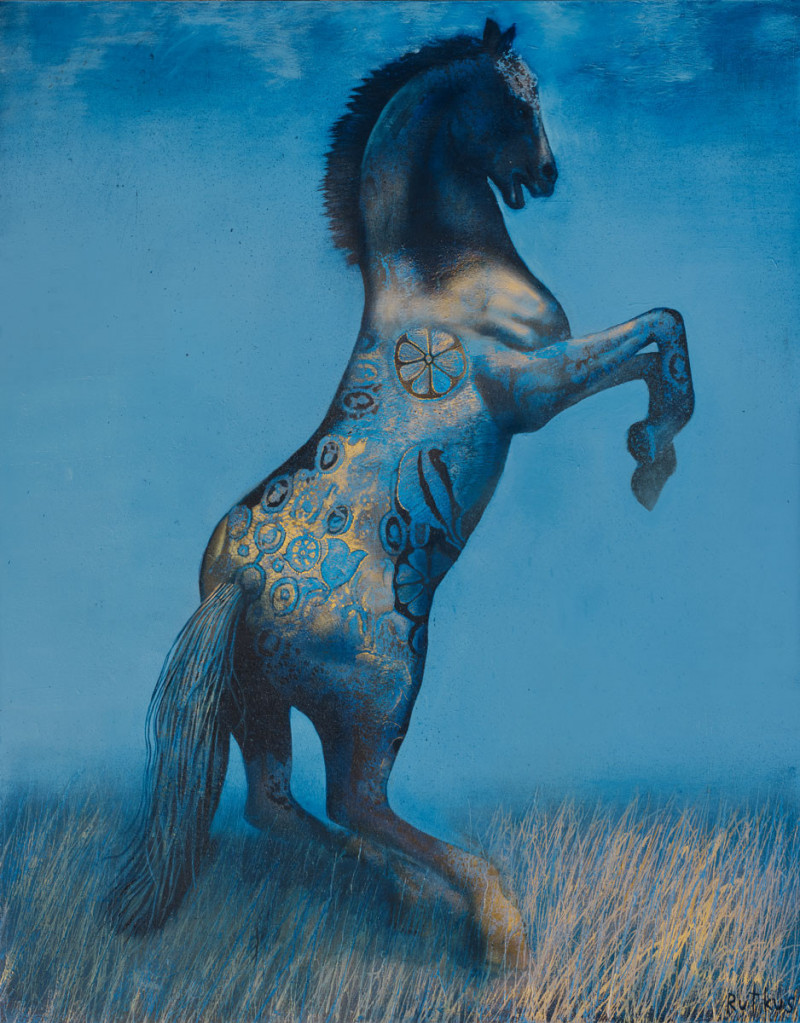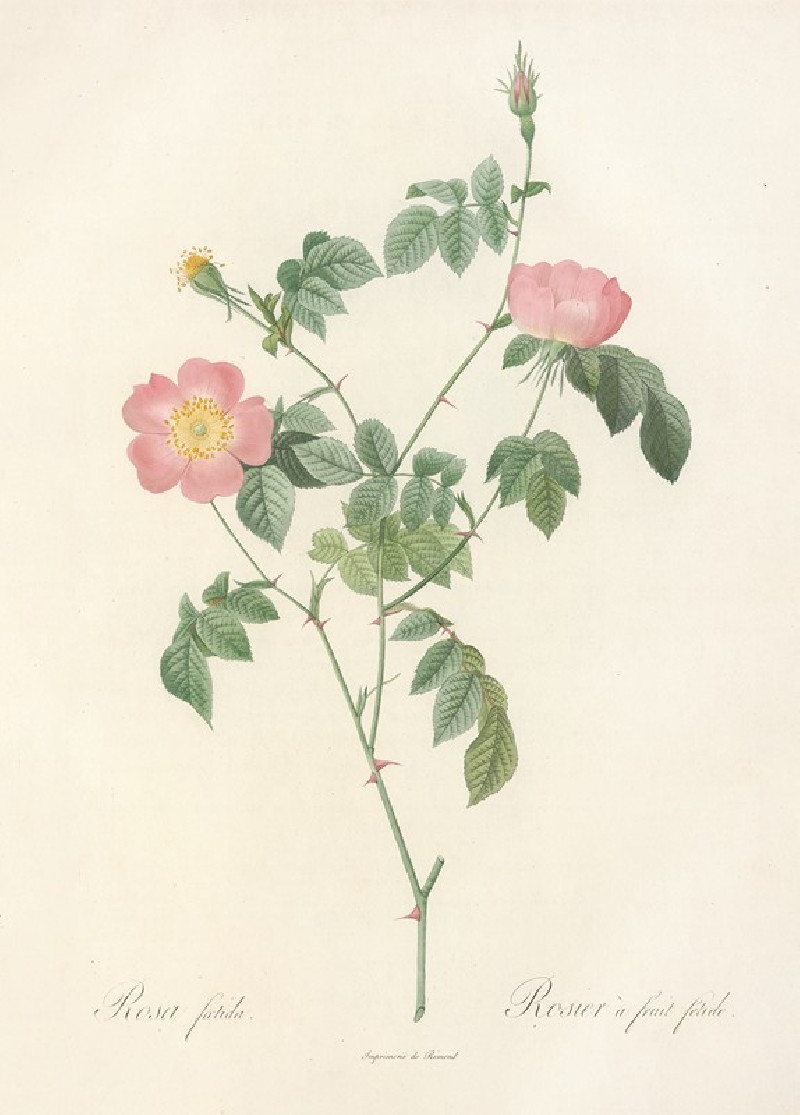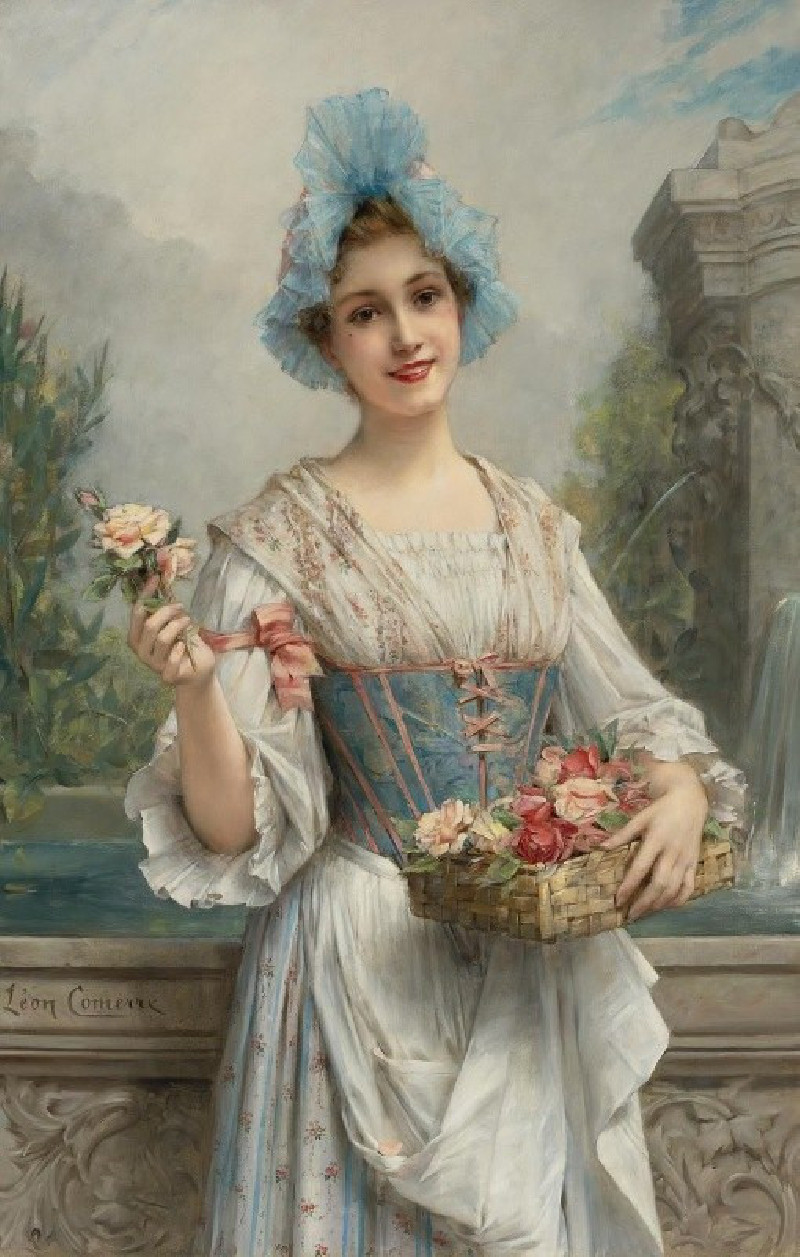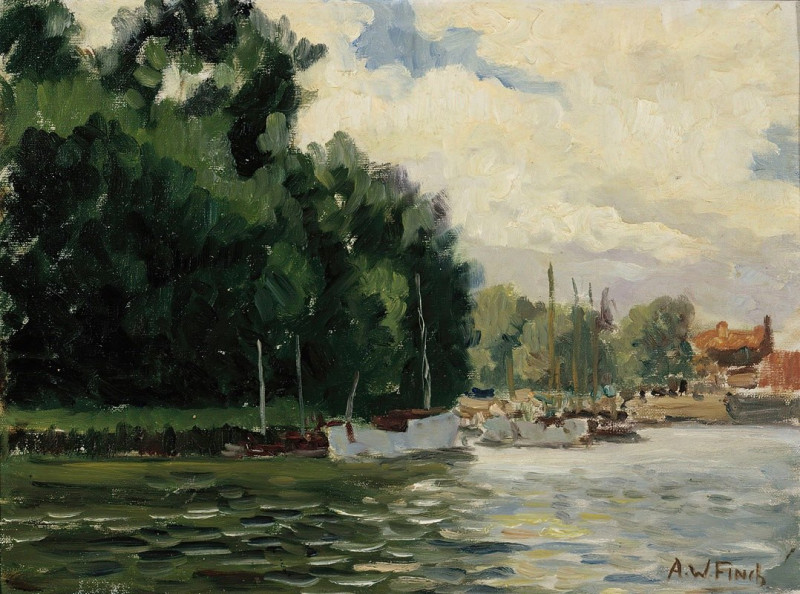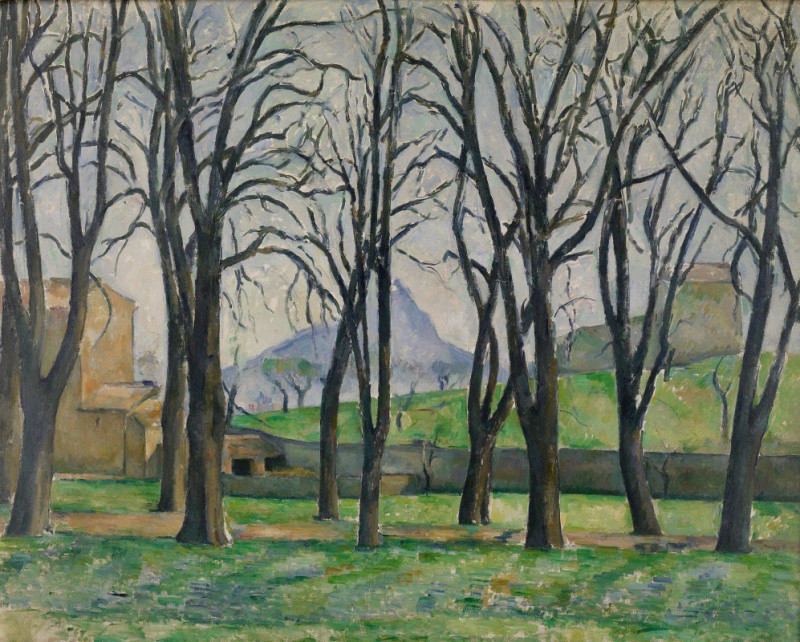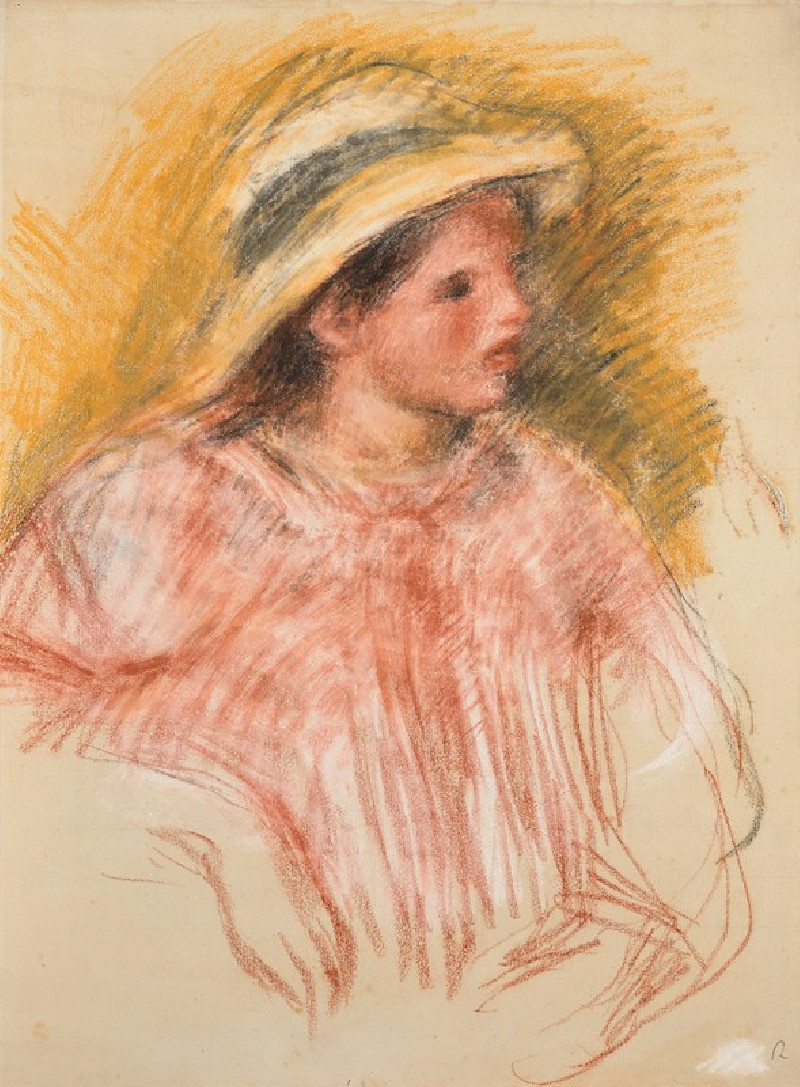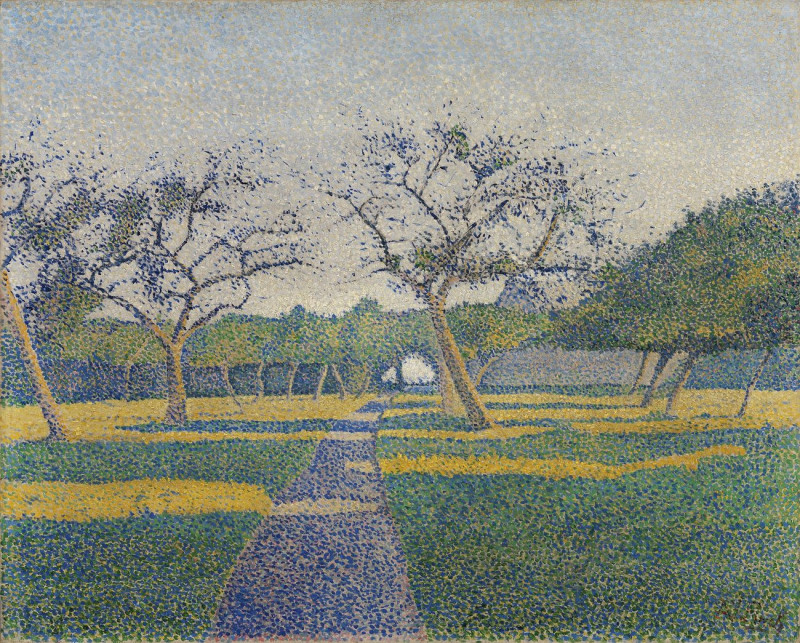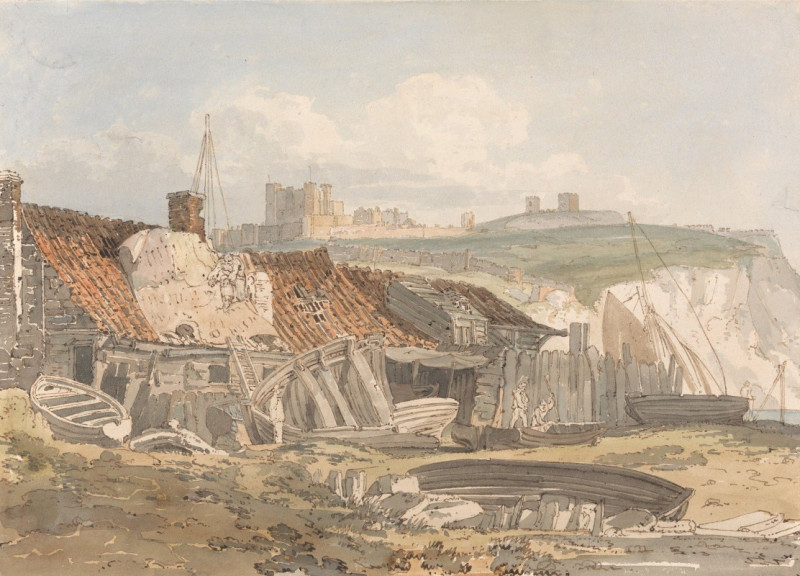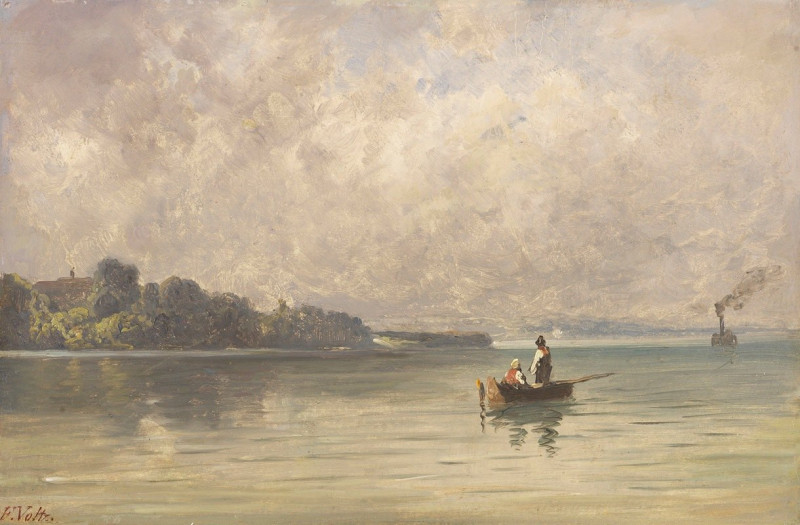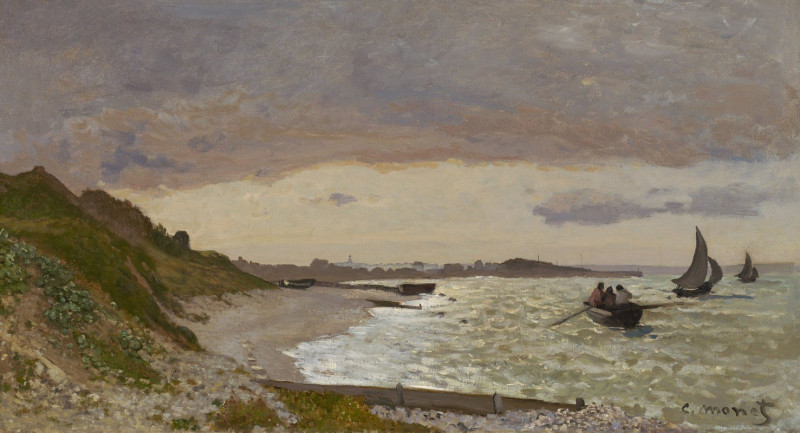The Banks Of The Marne In Winter
Technique: Giclée quality print
Recommended by our customers
More about this artwork
"The Banks of the Marne in Winter" by Camille Pissarro is a landscape painting that beautifully captures the serene, yet somber winter atmosphere along the Marne River. Painted in 1866, this work showcases Pissarro's emerging impressionistic style marked by loose brushwork and an attentive eye to natural light and shadow.In the foreground, we see a path lined with young, leafless trees, which guides our eye into the scene. Along this path, a lone figure accompanied by a dog appears to be walking away from the viewer, adding a human element to the natural landscape. The central part of the painting is dominated by the expansive, flat terrain of the river's bank, which is interrupted only by sparse greenery and a few scattered structures.The river itself is subtly indicated, reflecting the overcast sky and bordered by banks that gently recede into a cluster of houses and trees nestled at the foot of rolling hills. These hills, partially bare with winter, rise to meet the cloudy sky, which occupies the upper portion of the composition with dynamic formations, suggesting the chilly dampness typical of a winter's day in the countryside.Pissarro's attention to detail, like the textural contrast between the muddy path, the smooth river, and the rough, grassy patches, as well as his use of muted earth tones punctuated by the white of the buildings and dark greens, evokes a quiet, introspective mood characteristic of many of his works.
Delivery
Returns
Blessed are they who see beautiful things in humble places where other people see nothing. — Camille Pissarro
Camille Pissarro (1830-1903) was born on St.Thomas (now the US Virgin Islands) to a Portuguese father and a Dominican mother. He went to Paris to study art at Ecole des Beaux-Arts. He was an early pioneer of pointillism and neo-impressionism and later became a mentor of many famous impressionist painters including Cezanne, Manet, Renoir, and Gauguin. His paintings depicted rural and urban French landscapes and lifestyle. Many of his works politically captured images of peasants and laborers. Today, he is considered the father of impressionism.

